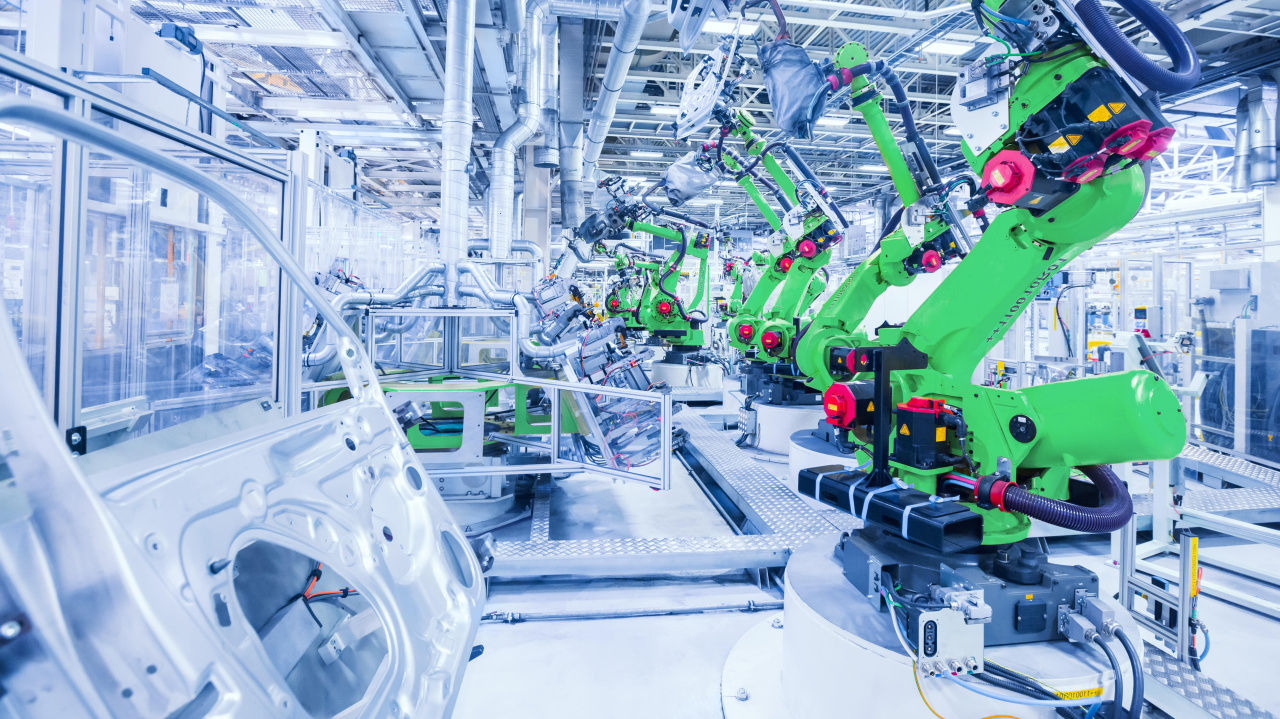Pay-per Use Equipment Finance, in the evolving landscape of manufacturing finance, is emerging as an exciting factor that transforms conventional models and gives businesses unparalleled flexibility. Linxfour is at the forefront of this new trend, uses Industrial IoT to bring a new era of financing that benefits both manufacturers and equipment operators. We analyze the intricacies of Pay Per Use financing, and how it impacts on sales during difficult times. For more information, click Off balance
Pay-per Use Financing: It’s Powerful
In the end Pay per Use financing for equipment used in manufacturing can be a game changer. Companies pay based on the actual usage of the equipment instead of rigid fixed-priced payments. Linxfour’s Industrial IoT integration ensures accurate tracking of usage, providing transparency and eliminating hidden costs or penalties if the equipment isn’t being utilized. This groundbreaking approach increases the flexibility of cash flow management and is especially important in times that see fluctuating demand from customers and low revenues.
Impact on sales and business conditions
The overwhelming majority of equipment manufacturers is a testament to the possibilities of Pay per Use financing. Even in difficult business conditions 94% of manufacturers believe this model will boost sales. Costs that are aligned with usage of equipment is attractive to businesses that seek to make the most of their investment. It also allows manufacturers to offer better financing to clients.
Accounting Transformation: From CAPEX to OPEX
Accounting is a significant difference between traditional leases and Pay-per-Use finance. When you pay per use, companies undergo a major change in their accounting practices, shifting from capital expenses (CAPEX) to operating expenses (OPEX). This is a major impact on financial reporting because it provides a more accurate understanding of the cost associated with revenue.
Unlocking Off-Balance Sheet Treatment under IFRS16
Pay-per-Use finance offers a unique advantage as it is a separate item from the balance sheet. This is an essential element to be considered when designing the International Financial Reporting Standard 16 IFRS16. By transforming the equipment financing costs into a liability, companies can keep this off their balance sheets. This helps reduce financial leverage, and eases investment obstacles, which makes it attractive to companies seeking an easier financial structure.
Enhancing KPIs in the case of Under-Utilization
Pay-per-Use models, in addition to being off balance sheet, is also a key factor in improving key performance indicators, such as cash flow free and Total cost of Ownership (TCO) particularly when there is under-utilization. When equipment doesn’t meet the expectations of usage traditional lease models could be challenging. Pay-per-Use allows businesses to avoid the obligation of paying fixed fees for assets that aren’t being utilized. This enhances their overall financial performance as well as their overall performance.
Manufacturing Finance in the near future
As companies continue to deal with the challenges of a changing economy, new financing models like Pay-per-Use are paving the way to an increasingly resilient and flexible future. Linxfour’s Industrial Internet of Things-driven approach does not just benefit the bottom line for equipment owners and manufacturers, but it also aligns with the larger trend of businesses that are seeking innovative and sustainable financial solutions.
Therefore, Pay-per use together with the accounting change to CAPEX (capital expenditure) to OPEX (operating expenses), and the off-balance sheet treatment of IFRS16 are a major advancement in manufacturing finance. In a time when businesses are striving for the highest level of financial efficiency, cost-efficiency, and improved KPIs, adopting this innovative financing model is an essential step to staying ahead with the ever-changing manufacturing environment.


